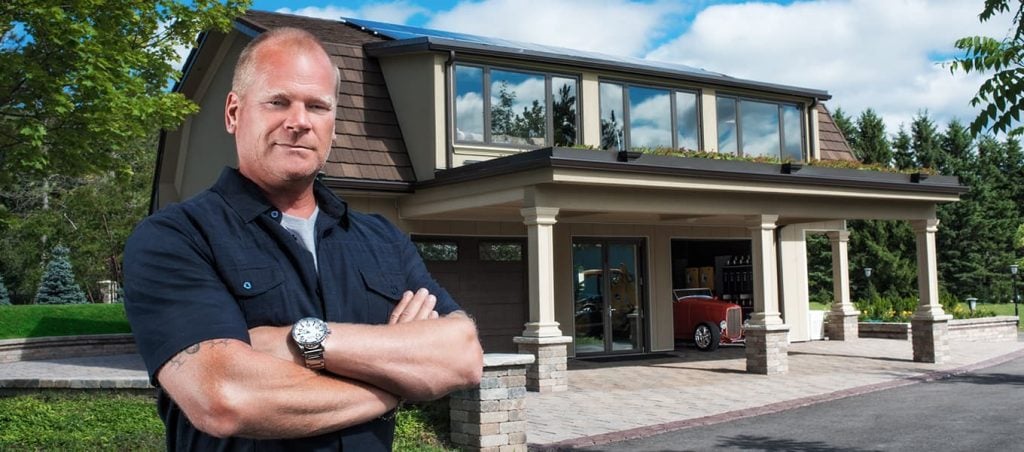Table of Content
For three food orders between $20 and $80, Grubhub had the cheapest average totals. For orders of around $50, it was the lowest cost by a healthy margin. For smaller midsized orders of around $25 or $30, Uber Eats was typically less, but only by a dollar or so. If you're consistently ordering for two or three people, your bill is probably in the range that would make Grubhub the cheapest option. Any water that has dripped down into the smaller pot has now been distilled. Again, I was able to make about 1 1/4 cup of distilled water from 8 cups of tap water in about an hour.
When you’re doing dishes, load your dishwasher to its full capacity before you turn it on to cut down on how many times you have to run it. You can also install a water meter to help you monitor your usage. “Small household leaks can result in gallons of water lost per day,” says bluefrog Plumbing + Drain president Mike Mushinski. And according to The Water Scrooge, even a slow-running toilet can waste 30 gallons of water a day. A slowly leaking faucet, losing just three drips per minute, results in 104 gallons of water wasted in a year!
Check for Leaks in Pipes, Hoses, Faucets and Couplings
Like Uber Eats and GrubHub, DoorDash also charges a delivery fee set by restaurants and a service fee that goes to the app in addition to the cost of your food. According to the app and website, the delivery fee "varies by restaurant and may be determined by your location," among other factors. One of the largest sources of domestic water wastage is flushing toilets. It is estimated that old toilets use an insane amount of water per flush. Thus, by installing the latest water-saving toilet flush system, you can save up to 700 liters of water each year. If you were to multiply this number by all your family members, you’d notice the amount of water wasted is outrageous, to say the least.

In some communities, costly sewage system expansion has been avoided by community-wide household water conservation. How many times have you left the tap running while brushing your teeth or washing your hands & face or shaving? Instead of throwing eggshells and leftover vegetables in the garbage disposal, save water in your kitchen and your lawn by composting!
How Does UV Technology Work in Waste Water Treatment
Adding organic material to your soil will help increase its absorption and water retention. Areas that are already planted can be ‘top dressed’ with compost or organic matter every year. Turn a healthy dose of compost into new garden beds when preparing the soil for planting. Leaks outside the house may not seem as bad since they’re not as visible.

Likewise, for machine washing, a full load of laundry is a water-efficient choice. Whereas, for hand-washing, using less amount of detergent will require less water for rinsing. Even a small drip can waste 50 or more gallons of water a day. This article was co-authored by Kathryn Kellogg and by wikiHow staff writer, Eric McClure. She's the author of 101 Ways to Go Zero Waste and spokesperson for plastic-free living for National Geographic.
DoorDash is the cheapest service for small orders
Squeeze nozzles, also called “pistol grip” nozzles, stop the water flow through the hose when it is not engaged. This innovation helps overcome the impracticality of walking over to the faucet or tap and turning off the water every time you’re not using the hose. You may not have realized it, but there’s often some wastage when walking to turn off the tap, which can add up over time.
Choose a washing machine with an energy-star rating, as it’s specially built to save water. We hope you enjoyed learning more about how you can help to conserve water. As always, TaskEasy is here for you and all of your home and lawn care needs.
Water Conservation at Laundry Room
A standard kitchen faucet has a flow rate of about 2.2 GPM. Installing a faucet aerator, however, can lower its flow rate to just 0.5 to 1.5 GPM. The average U.S. per capita water use is 170 gallons per day . Thanks to water efficiency, Australia uses far less water, but still enjoys the same high quality of life. Don’t overwater your lawn or water during peak periods, and install rain sensors on irrigation systems. Doing half loads, or small laundry loads add up to gallons of wasted water.

If you’re in the market for a new clothes washer, read our article about water-saving frontload washers. One quick and easy way to save water is to only run the dishwasher when it’s full. Although it may be tempting to run it whenever you see fit, running full dishwasher loads helps you save up to 110 gallons of water per week and 7,000 gallons annually.
So take the time to fix those drippy faucets and running toilets on your own, or call a pro. Turning off the tap while washing clothes and dishes is one of the efficient ways to conserve water. Plus, if you are using a washing machine or dishwasher, following this tip can save water and electricity. You can save up to 20 liters per day just by turning off the tap while brushing your teeth or washing your hands and face.

Always make sure that you have enough dirty clothing for a full load. Try to stick with cold water washes as well, since the cold water setting on most machines uses less water and energy. While it varies based on the size of your household and how long you spend in the shower, the average household uses roughly 80–100 gallons (300–380 L) of water a day. This comes out to 2,400–3,000 gallons (9,100–11,400 L) a month. Turn off the tap, when brushing teeth, in between water bottle fill ups, and washing dishes. One is to treat it with an enzyme to broken down the proteins and lipids.
If you notice that your toilet is constantly running, try replacing the flapper. Simply shut off the water to the toilet, and flush to drain the tank. Unhook the old flapper from the base of the tank and chain, and then replace it with the new one. If that doesn't work, it may be time to buy a new toilet.
Water is essential to human, animal, and plant life, and it’s easy to use up more of our planet’s water than can be naturally replenished. It helps the environment around you a essential to human, animal, and plant life, and it’s easy to use up more of our planet’s water than can be naturally replenished. It helps the environment around you and also saves your family money.
Some faucet leaks are easily spotted, but others take a little more effort to locate. Dry sinks and tubs thoroughly and allow to sit for an hour. To find leaks from faucet handles, dry the area around them before running water. You’ll see water collecting next to them if there’s a leak. To cut down on water waste, put an inch or two of sand or pebbles inside each of two plastic bottles.

Create a compost bin for food waste and use it to give your lawn a healthy soil feeder. Your plants will thank you for this crumbly topsoil which means less water for your backyard. You don’t need a hose or pressure washer to keep your sidewalk, driveway, and porch clean. If something is especially dirty, grab a damp cloth and clean it by hand instead of leaving the hose running. It may take a few extra minutes, but you’re saving a lot of water by sweeping or hand-wiping instead of washing things outside.

No comments:
Post a Comment